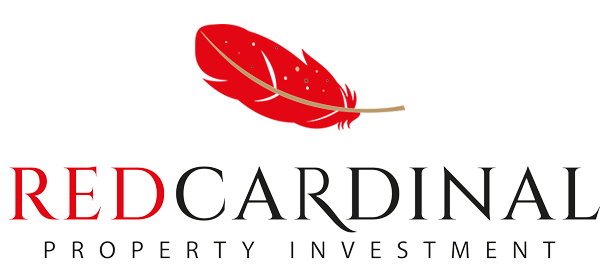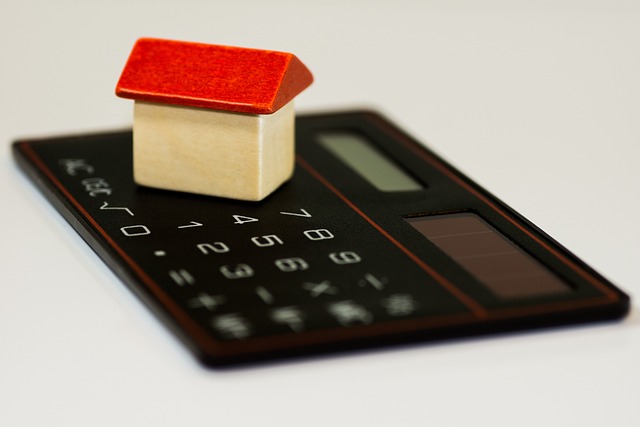Interest rates hold immense significance in the realm of property investment as they wield substantial influence over investment returns and shape the dynamics of the market. Property investors must develop a profound understanding of the intricate relationship between interest rates and their investment outcomes to ensure informed decision-making. This article delves into the impact of interest rates on property investment returns, taking into account both low and high interest rate environments. By comprehending the connection between returns and interest rate impact, investors gain the tools to navigate the market adeptly and optimize their investment strategies for optimal outcomes.
Definition of Interest Rates
Interest rates refer to the cost of borrowing money, usually expressed as a percentage of the loan amount. They are determined by central banks and fluctuate based on various factors such as inflation, economic growth, and monetary policy. Property investors need to pay attention to these rates as they affect borrowing costs and ultimately impact investment returns.
Influence on Property Prices: Unravelling the Impact of Interest Rates on Returns
Property investment returns are vital for investors seeking to build wealth and generate passive income. Returns from property investments typically encompass two components: capital gains and rental income. Capital gains represent the increase in the property’s value over time, while rental income comes from tenants occupying the property. Both aspects contribute to the overall return on investment (ROI) and are influenced by interest rates.
Relationship Between Interest Rates and Property Investment Returns
Direct Impact on Borrowing Costs
When interest rates rise, borrowing costs for property investors increase. Higher interest rates mean higher mortgage repayments, reducing the affordability of financing property purchases. Conversely, when interest rates are low, borrowing costs become more affordable, enabling investors to leverage their capital more effectively. This direct relationship between interest rates and borrowing costs affects the profitability of property investments.
Influence on Property Prices
Interest rates also influence property prices. When interest rates are low, the cost of borrowing decreases, making property purchases more attractive. This increased demand can drive up property prices, leading to capital gains for existing property owners. Conversely, higher interest rates can deter potential buyers, reducing demand and potentially causing property prices to stabilize or even decline.
Effect on Rental Demand and Income
Interest rates indirectly impact rental demand and income. In a low interest rate environment, individuals who might have considered purchasing property may opt to rent instead. This can lead to increased demand for rental properties, driving up rental prices and generating higher rental income for property investors. Conversely, when interest rates are high, the affordability of homeownership improves, potentially reducing rental demand and limiting rental income growth.
Low Interest Rates and Property Investment Returns
Lower Borrowing Costs and Increased Affordability
During periods of low interest rates, property investors benefit from lower borrowing costs. Reduced interest expenses enable investors to secure loans at more favourable terms, enhancing their purchasing power and increasing the affordability of property acquisitions. This allows investors to expand their portfolios and potentially achieve higher returns.
Rise in Property Prices and Capital Gains: Exploring Returns Amid Favourable Interest Rates
Low interest rates often stimulate demand for property purchases, leading to increased competition and driving property prices upward. Property investors who have already acquired assets can experience capital gains as the value of their properties appreciates. These gains can significantly contribute to overall investment returns, especially when combined with rental income.
Potential for Higher Rental Income: Leveraging Returns in Low Interest Rate Environments
In a low interest rate environment, individuals who are unable to purchase properties may turn to renting, creating a larger pool of potential tenants. This increased demand for rental properties can lead to higher rental prices and improved rental income for property investors. It offers an opportunity for investors to capitalize on strong rental demand and generate steady cash flow.
High Interest Rates and Property Investment Returns
Higher Borrowing Costs and Reduced Affordability
When interest rates rise, property investors face higher borrowing costs. Increased mortgage rates result in higher monthly repayments, potentially reducing the affordability of purchasing additional properties. The higher cost of financing can limit investors’ ability to expand their portfolios and can even lead to financial strain in some cases.
Impact on Property Prices and Potential Capital Losses: Safeguarding Returns Amid Interest Rate Fluctuations
High interest rates tend to dampen property demand as the cost of borrowing becomes less attractive. For example, this reduced demand can put downward pressure on property prices, potentially resulting in capital losses for property investors. Those who acquired properties at higher prices may experience difficulties in selling at a profit or even face negative equity situations.
Potential Decrease in Rental Demand and Income: Managing Returns in Shifting Interest Rate Environments
With higher interest rates, the affordability of homeownership improves, prompting some individuals to transition from renting to purchasing their own properties. This shift can reduce the demand for rental properties, potentially impacting rental income for property investors. It is important for investors to closely monitor rental market dynamics during periods of higher interest rates.
Considerations for Property Investors
Timing Investment Decisions Based on Interest Rate Trends
Property investors should closely monitor interest rate trends and consider timing their investment decisions accordingly. Understanding whether rates are expected to rise or fall can help investors strategically plan their property acquisitions and mortgage refinancing. Staying informed about economic indicators and central bank announcements can provide valuable insights into interest rate movements.
Evaluating Long-Term Investment Strategies: Navigating Returns & Interest Rate Impact
Investors must carefully assess the balance between borrowing costs and expected investment returns. It is essential to calculate the potential return on investment, factoring in both capital gains and rental income, while considering the prevailing interest rates. This analysis will help determine the feasibility and profitability of property investments in different interest rate scenarios.
Importance of Property Investment Returns: Understanding the Impact of Interest Rates
Long-term investment strategies are crucial in mitigating the impact of interest rate fluctuations. Property investors should focus on the fundamentals of their investments, considering factors such as location, property type, and rental demand resilience. Diversifying their portfolio across different markets and property types can help mitigate risk and provide stability during periods of interest rate volatility.
Conclusion
In summary, recognising the significance of interest rates in property investment returns is essential for investors looking to maximize their financial gains. The relationship between interest rates and borrowing costs, property prices, and rental demand directly influences investment outcomes. Property investors must adapt their investment approaches based on interest rate fluctuations, considering both low and high interest rate environments. By monitoring market conditions, staying informed, and seeking professional advice, investors can navigate the complex landscape of property investment and optimize their returns in various interest rate scenarios.
Find out more about what’s happening in the property market in our News column.








